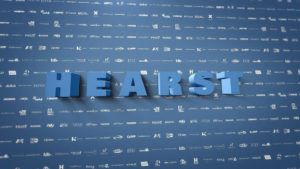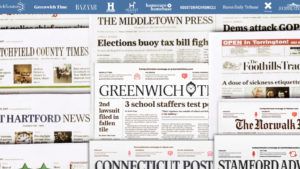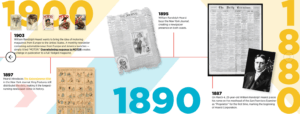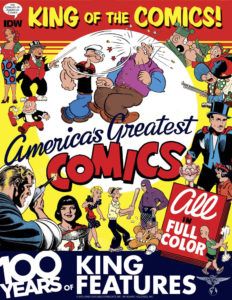Hearst expects revenues to grow close to $12 billion this year, up slightly from the record $11.9 billion it earned last year, according to new figures from CEO Steve Swartz provided to Axios in an interview.
Why it matters: A larger portion of the company’s profits now comes from its specialty media, data and software businesses than from its traditional consumer media businesses, which include magazines, newspapers, and local and national TV.
News website Axios recently (September 27, 2022) highlighted the Hearst media company, which for our concerns, owns newspapers, magazines, and King Features Syndicate.
Catch up quick: Hearst was founded in 1887 as a newspaper business before getting into magazines in the 1900s. It later acquired radio and TV stations to accompany its local newspaper titles.
- The company has used its specialty magazines to push aggressively into analogous enterprise software and data businesses across health, finance and transportation that are today its fastest-growing profit center.
The 135-year-old company is owned by a family trust, in which only five of the 13 seats on the board of trustees are reserved for descendants of the Hearst family. The rest are made up of current and former Hearst executives.
-
The trust doesn’t expire until the last of William Randolph Hearst’s grandchildren who were alive at the time of his death have died.
The big picture: Unlike some family-owned businesses that have gotten away from print newspapers in recent years, Hearst says it continues to remain invested in legacy media businesses through both organic growth and acquisition opportunities.
-
Across its portfolio of two dozen daily papers and 52 weeklies, Hearst now has 338,000 digital-only subscribers, up from 65,000 in 2018. The San Francisco Chronicle remains its biggest title by subscribers by far, with 150,000 digital-only subscribers.
-
“We are very much believers in the newspaper business…
Be smart: The sale of Meredith’s magazine brands to IAC-owned Dotdash last year spurred speculation about the future of Hearst’s magazine business, as well as that of rival Condé Nast, a privately held magazine brand company.
-
Swartz said he is “absolutely” committed to holding onto Hearst’s magazine portfolio, which includes more than two dozen lifestyle publications, such as Cosmopolitan, Esquire, Good Housekeeping and Harper’s Bazaar.
Read the entire Axios report which notes, as opposed to other newspaper chains:
Hearst today carries no debt. It uses its “tremendous” amount of free cash flow, per [CEO Steve] Swartz, to make acquisitions and reinvest in its businesses.





